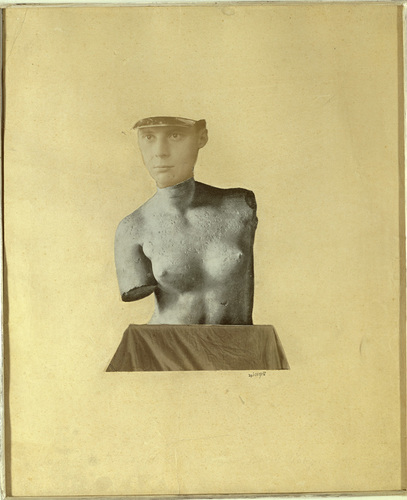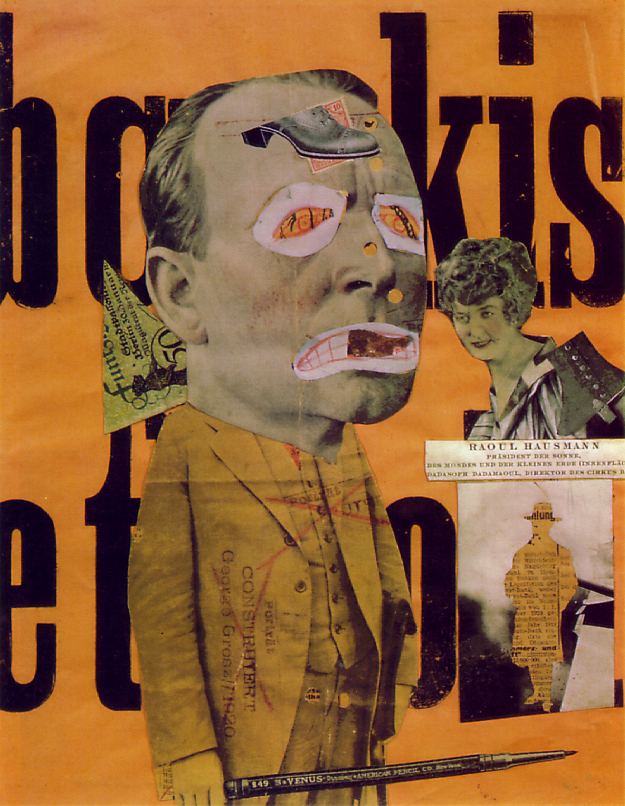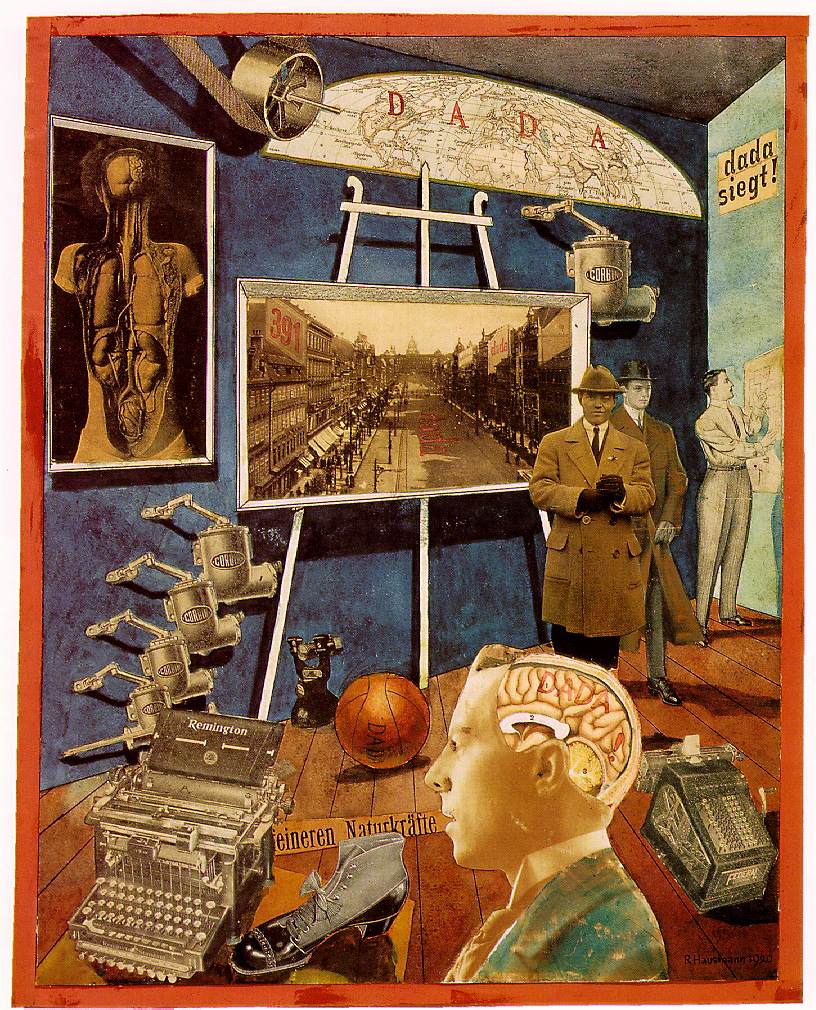| . |
Project 2
|
|
| X | ||
| . |
Dada
|
|
| x | Dada or Dadaism is a cultural movement that began in neutral Zürich, Switzerland, during World War I and peaked from 1916 to 1920. The movement primarily involved visual arts, literature (poetry, art manifestoes, art theory), theatre, and graphic design, and concentrated its anti war politic through a rejection of the prevailing standards in art through anti-art cultural works. Dada activities included public gatherings, demonstrations, and publication of art/literary journals. Passionate coverage of art, politics, and culture filled their publications. Dada was an informal international movement, with participants in Europe and North America. The beginnings of Dada correspond to the outbreak of World War I. For many participants, the movement was a protest against the bourgeois nationalist and colonialist interests which many Dadaists believed were the root cause of the war, and against the cultural and intellectual conformity — in art and more broadly in society — that corresponded to the war. Many Dadaists believed that the 'reason' and 'logic' of bourgeois capitalist
society had led people into war. They expressed their rejection of that
ideology in artistic expression that appeared to reject logic and embrace
chaos and irrationality. For example, George Grosz later recalled that
his Dadaist art was intended as a protest "against this world of
mutual destruction".[2] |
|
|
x |
 |
|
| Raoul Hausman |  |
|
| Raoul Hausman |
 |
|
|
x |
 |
|
|
x |
 |
|
|
x |
|
|
|
x |
||
| x |